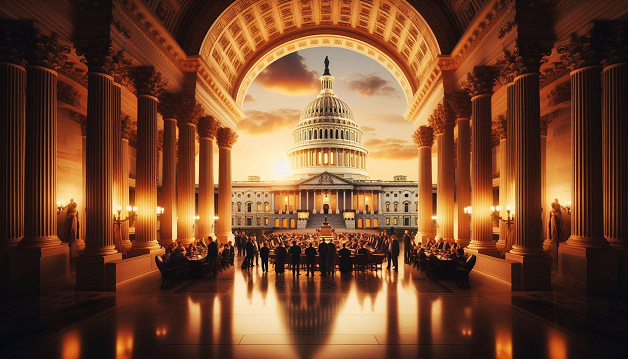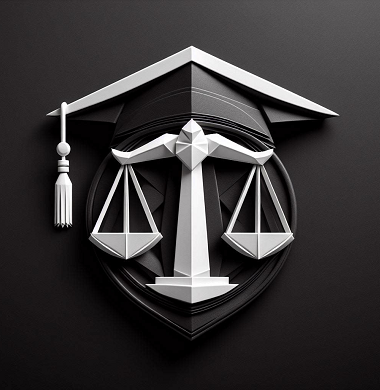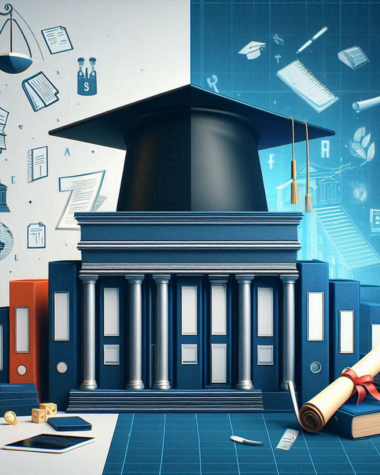In the dynamic tapestry of American governance, the creation of federal law stands as a cornerstone of democracy. But who holds the power to craft these laws that shape our society? Let’s embark on a journey through the corridors of power to uncover the intricate process of lawmaking in the United States.
The Primary Players:
- Congress: At the heart of the federal legislative process beats the pulse of Congress, comprising the House of Representatives and the Senate. Elected by the people, these lawmakers shoulder the responsibility of drafting, debating, and passing bills that address the nation’s most pressing issues. With the authority vested in them by the Constitution, members of Congress wield considerable influence over the laws that govern our land.
- The President: While Congress holds the pen, the President holds the power of the veto. As the chief executive, the President plays a pivotal role in the legislative process. Upon receiving a bill passed by Congress, the President can either sign it into law or veto it, sending it back to Congress with objections. However, Congress has the authority to override a presidential veto with a two-thirds majority vote in both chambers, underscoring the system of checks and balances inherent in American governance.
The Legislative Journey:
- Bill Introduction: The journey of a federal law begins with an idea—a spark of inspiration to address a societal need or challenge. This idea takes tangible form as a bill, which can originate in either the House or the Senate. Lawmakers sponsor the bill, introducing it to their respective chambers and outlining its objectives and provisions.
- Committee Consideration: Once introduced, the bill undergoes scrutiny and deliberation in committee. Committees serve as gatekeepers, reviewing the bill’s contents, soliciting expert testimony, and making amendments as needed. These committees specialize in specific policy areas, ensuring thorough examination and informed decision-making.
- Floor Debate and Vote: After emerging from committee, the bill advances to the chamber floor for debate and voting. Lawmakers engage in passionate discourse, advocating for or against the bill’s passage based on its merits and implications. Following debate, the bill undergoes a roll-call vote, where each member casts their decision. If a simple majority of members supports the bill, it passes to the other chamber for further consideration.
- Conference Committee: In cases where the House and Senate pass different versions of the same bill, a conference committee convenes to reconcile differences and draft a unified version. This bipartisan committee negotiates compromises and amendments, striving to craft legislation that garners widespread support.
- Presidential Action: Upon approval by both chambers, the bill proceeds to the President’s desk for final action. The President may sign the bill into law, veto it, or take no action. If the President vetoes the bill, Congress can override the veto with a two-thirds majority vote in both chambers, ensuring the bill’s enactment despite presidential opposition.
In the tapestry of American democracy, the creation of federal law emerges as a collaborative endeavor, blending the voices and visions of elected representatives with the aspirations of the American people. As we navigate the complexities of governance, let us remember that the power to shape our collective future resides not only in the halls of Congress but also in the hearts and minds of every citizen.
Sure! The document you provided describes the lawmaking process in the United States. It details the roles of Congress and the President, along with the various stages a bill goes through before becoming a law.
Here’s a summary of the legislative journey in the United States:
The Primary Players
- Congress: They are responsible for drafting, debating, and passing bills that address the nation’s most pressing issues.
- President: The president has the power to sign bills into law or veto them.
The Legislative Journey
- Bill Introduction: The journey of a federal law begins with an idea. This idea takes form as a bill, which can originate in either the House or the Senate.
- Committee Consideration: Once introduced, the bill undergoes scrutiny and deliberation in committee. Committees review the bill’s contents, solicit expert testimony, and make amendments as needed.
- Floor Debate and Vote: After emerging from committee, the bill advances to the chamber floor for debate and voting. Lawmakers debate the bill’s merits and implications, and then vote on its passage.
- Conference Committee: In cases where the House and Senate pass different versions of the same bill, a conference committee convenes to reconcile differences and draft a unified version.
- Presidential Action: Upon approval by both chambers, the bill proceeds to the President’s desk for final action. The President may sign the bill into law, veto it, or take no action.






